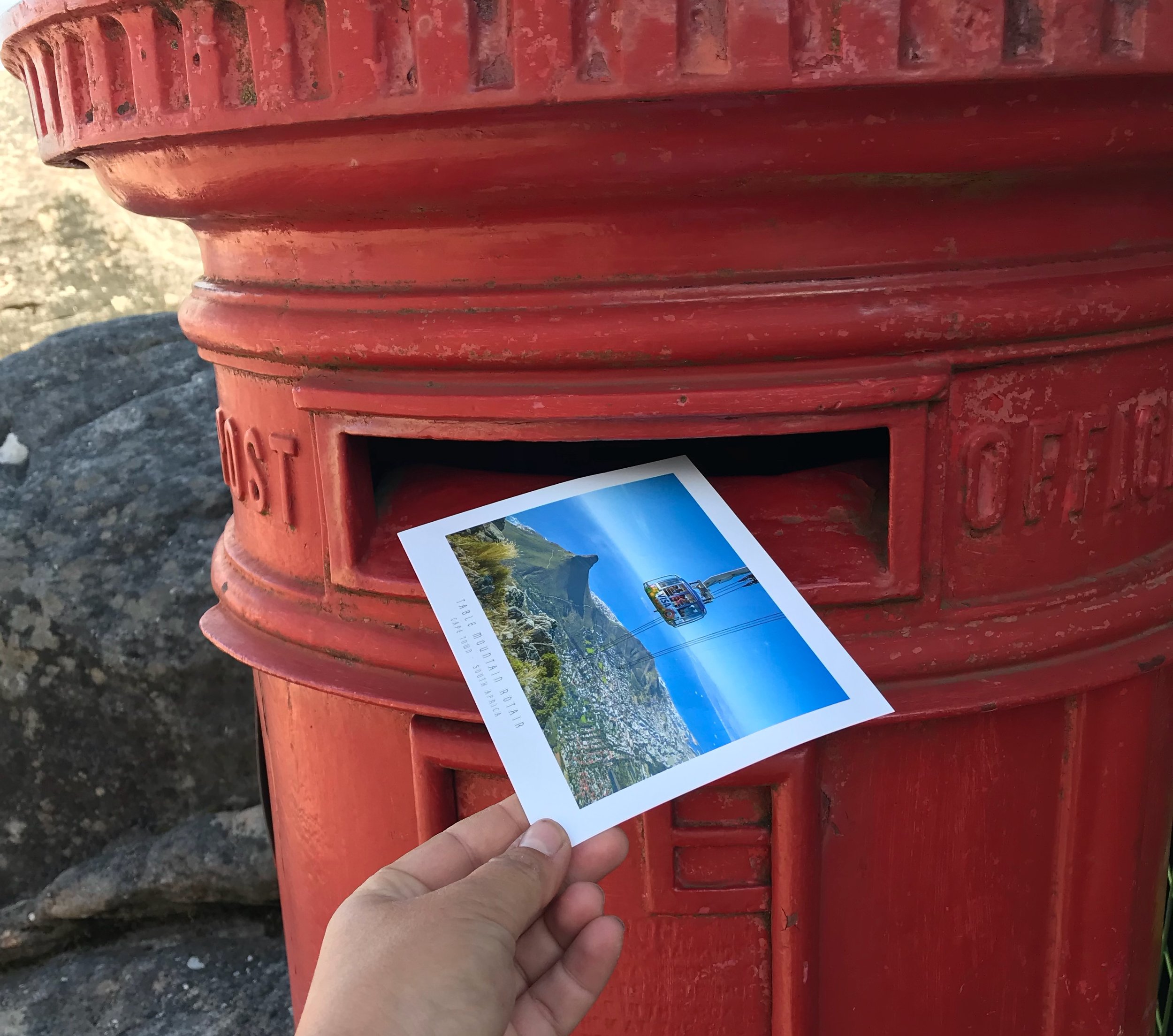Abu Simbel: A Marvel of Ancient and Modern Engineering
If you ever walked through the Egyptian Temple of Dendur at the Metropolitan Museum of Art in NYC, you’ve tangentially brushed up against Abu Simbel.
In the 1960s, Egypt built the Aswan Dam. It spans the Nile and generates massive amounts of electricity. I have no photos of it because I was advised not to take photos that may be considered “sensitive” in terms of strategic importance, and I observed that rigorously.
But when you build a dam, you create a lake. And in Egypt, when you create a lake, you’re probably going to flood some temples. In this case, you’re going to flood literally dozens of temples. And the most magnificent and unique of those temples were at Abu Simbel.
In the 13th century BCE, Pharaoh Ramesses II ordered the construction of temples to honor himself and his wife, Nerfertari. These temples were unique in that they were carved into the side of a mountain. Massive rock relief statues, 30 to 60 feet tall, flank the entrances. Impressive to say the least. Remarkable even in a place as remarkable as Egypt. And as the waters of the Nile rose with the construction of the dam, those temples and dozens of others (less unique in size and construction but still of incalculable historical and cultural value) would be destroyed.
So they moved them. Now some, like the Temple of Dendur in the Met, are made of blocks of stone. It is a lot of work to number and document and disassemble and reassemble them, but at least the process is easy to comprehend. And they saved a lot of the threatened temples this way. The Egyptian government gifted four rescued temples to countries that assisted in the project, including the one at the Met.
But what do you do when your temple is part of a mountain? You move the mountain. Obviously.
They cut the mountain into chunks anywhere between 3 and 20 tons, moved all the chunks out into the desert, let the waters rise, and then brought all the chunks back to a higher location and reassembled the mountain. I mean, that’s really quite something. It took 5 years and $40 million (and that’s 1960’s dollars, so... a lot). And it worked beautifully.
If you go: you can arrive by land (a manageable, if long, day trip from Aswan by car), but if you can swing the cost, flying cuts your travel time and gives you more time at the temples. And try for a window seat on the right side of the plane on your incoming flight - you can see the temples from the air.










